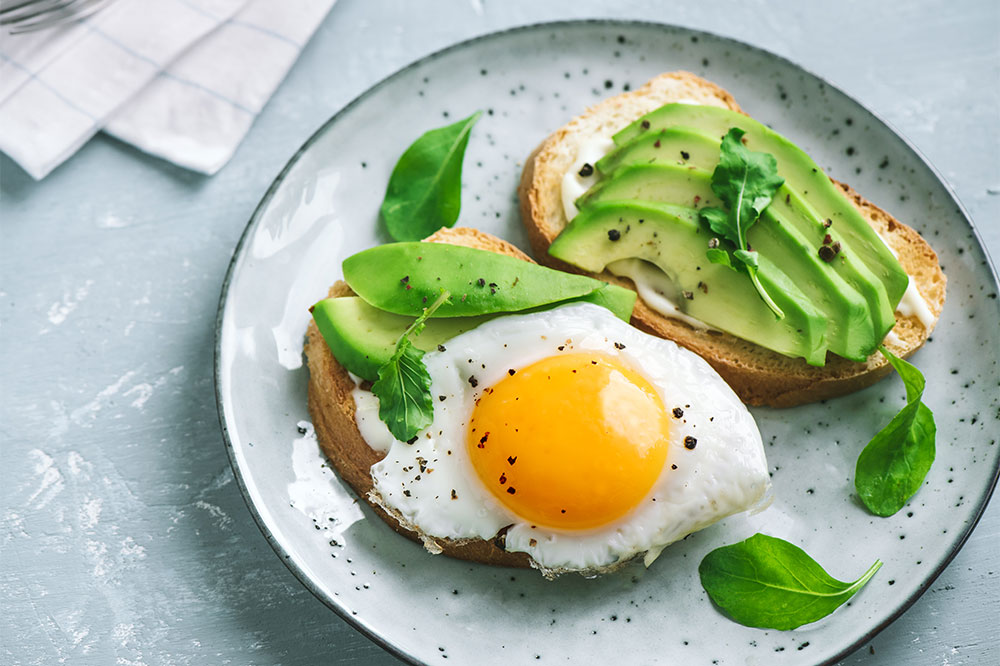4 wholesome breakfast options to fight arthritis inflammation

Proper nutrition is essential when dealing with a chronic condition like arthritis. Every meal is an opportunity to give your joints the much-needed support. Since inflammation plays a significant role in the development and progression of arthritis, it’s essential to start your day with foods rich in anti-inflammatory compounds and nutrients that help reduce pain, swelling, and other symptoms. Here, we’ve rounded up the best breakfast options for fighting arthritis inflammation.
Greek yogurt and berries
What better way to start your day than with a healthy dose of good bacteria? Greek yogurt is an excellent source of live microorganisms called probiotics, which aid with digestion, help prevent inflammation, and keep you satiated. Top your bowl of plain regular or Greek yogurt with different berries for sweetness, flavor, and, most importantly, polyphenols, which are bioactive compounds with antioxidant-like effects that help stop arthritis inflammation.
Scrambled eggs with turmeric
Eggs are one of the best sources of protein. They’re also among the few foods that contain high amounts of vitamin D, a nutrient that can curb arthritis inflammation. Another crucial ingredient in this scrambled egg recipe is turmeric, a yellow spice known for its potent anti-inflammatory and antioxidant properties, thanks to the primary bioactive substance in it called curcumin.
Oatmeal with walnuts and berries
Oats are whole grains rich in beta-glucans. Beta-glucans are essential prebiotics for certain gut bacteria associated with lowering inflammation. Make sure to top your oatmeal with walnuts and berries. The former slows down digestion and delivers a dose of omega-3 fatty acids to reduce arthritis inflammation, while the latter supplies tons of antioxidants and serves as a nutritious sugar substitute.
Pineapple kale smoothie
If smoothie is your go-to breakfast option, try this potent anti-inflammatory drink. Both the fruit and stem of the pineapple plant contain bromelain, a type of proteolytic enzyme that helps combat inflammation. On the other hand, Kale is full of antioxidants, protein, and vitamins. Add a dash of turmeric and ginger and a teaspoon of chia seeds for an extra anti-inflammation boost.


